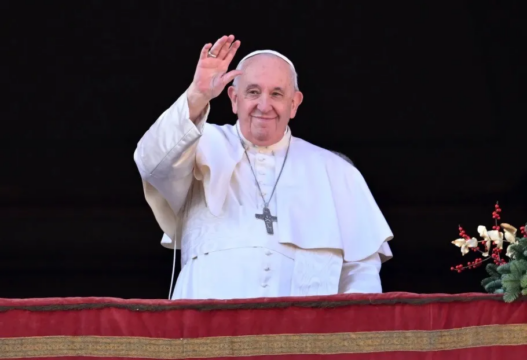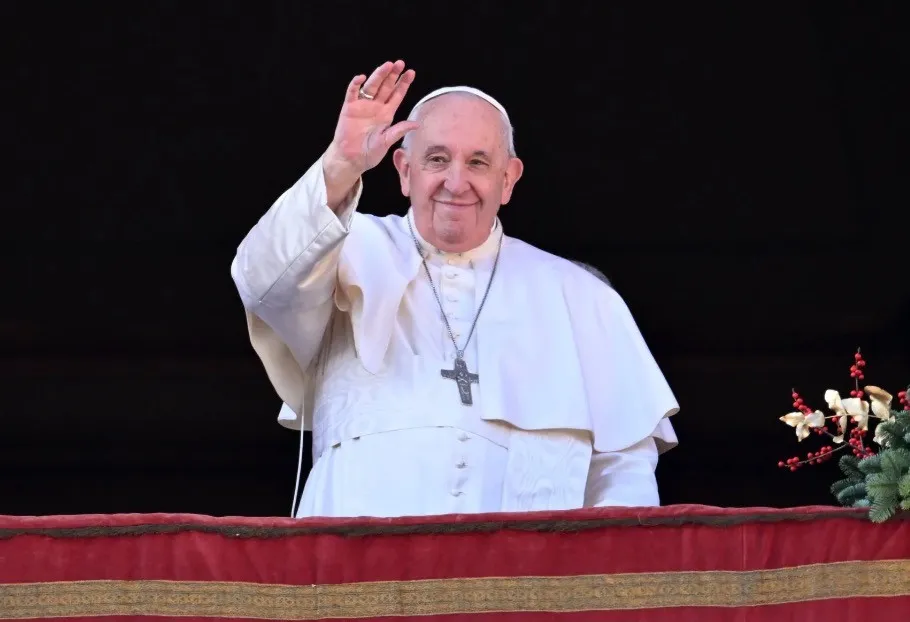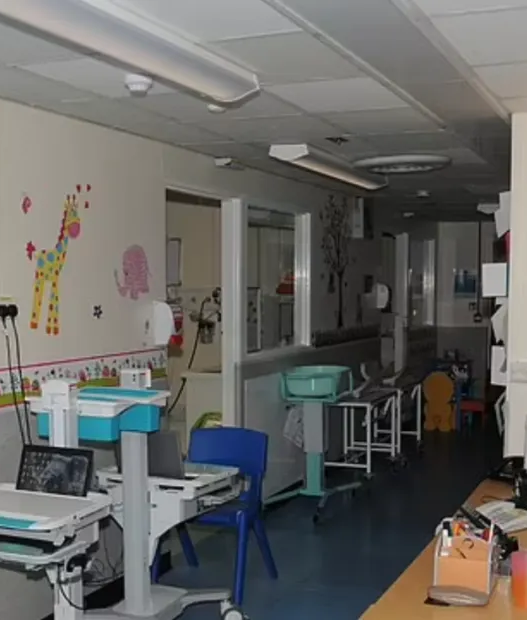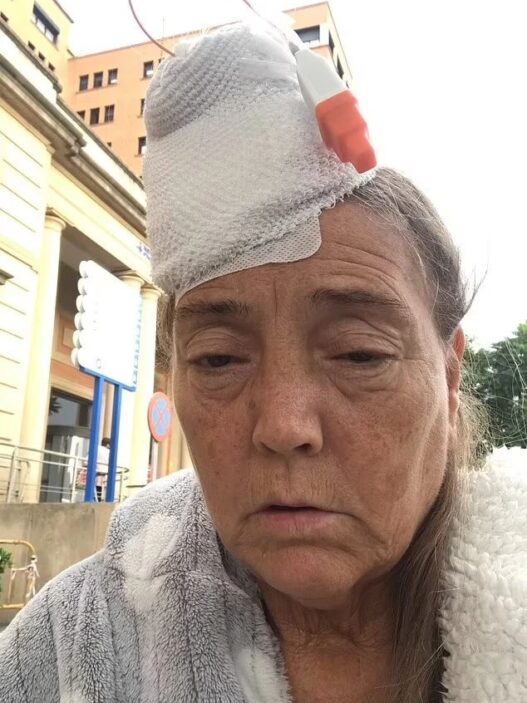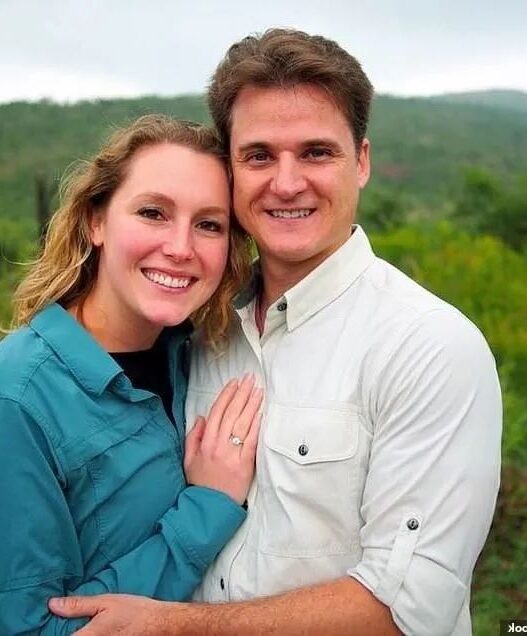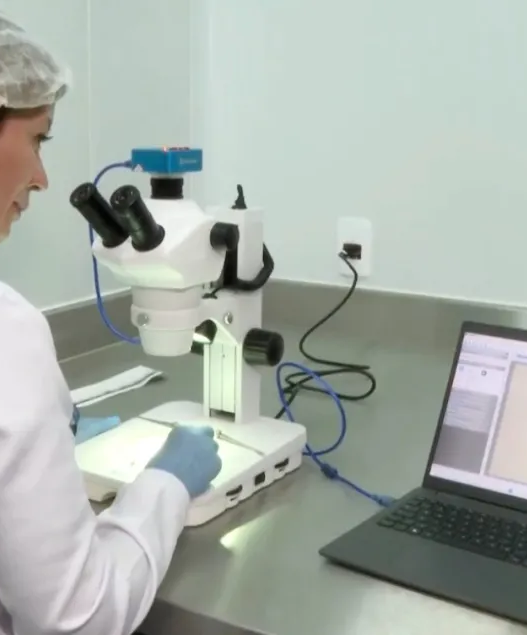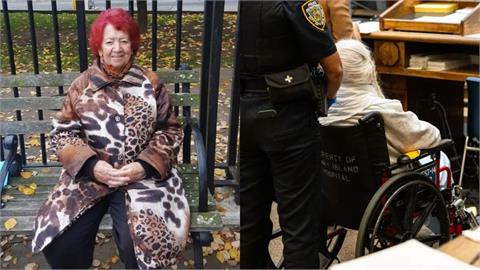Pope’s Funeral: Extreme Security Measures with Fighter Jets and Anti-Drone Systems.
Last Friday, Pope Francis tragically passed away after suffering a stroke on Easter Sunday. This shocking news stunned the world, leaving the West unprepared for such a loss【Pope Francis】.
Sudden Loss and Security Challenges
The sudden death of Pope Francis left the Vatican struggling to handle the unexpected. Despite his previous hospitalizations, he had always recovered well, and his public appearances had not stopped. His sudden death required careful planning for his funeral and the associated security measures. The last papal funeral the Vatican organized was for Pope Benedict XVI in 2022, making the logistics of organizing the event easier. However, the security concerns were an entirely different matter.
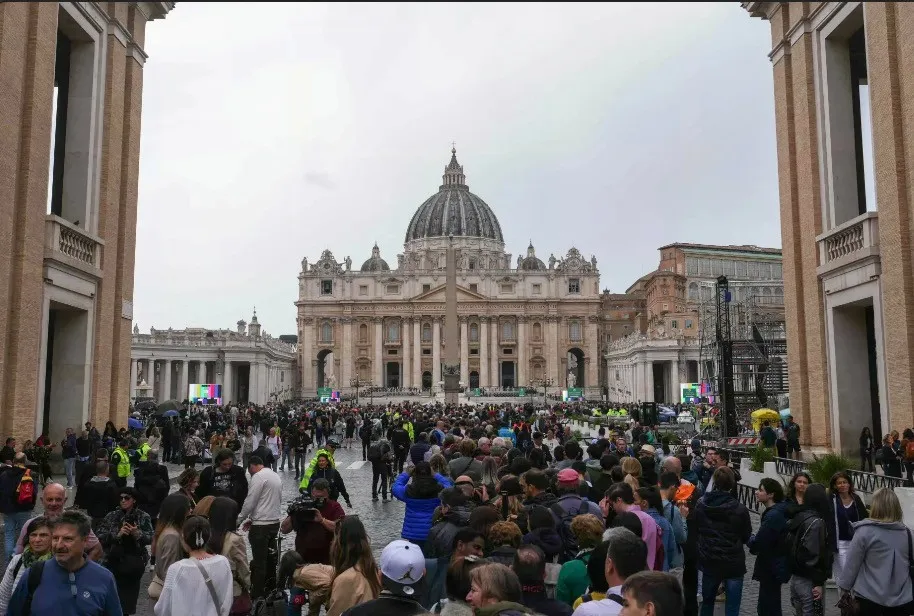
Growing Security Threats
The increasing use of drones for terrorism and assassination attempts has become a serious concern. As a result, one of the main security challenges during Pope Francis’ funeral was preventing drone attacks. With Vatican City being just 0.44 square kilometers in size, over 200 high-ranking individuals from around the world and 200,000 mourners were expected to attend.

To ensure safety, the Vatican and Italy planned to deploy fighter jets, anti-drone rocket launchers, snipers, and thousands of police officers, including plainclothes agents【Anti-drone systems】. While not the strictest security in the world, these measures were arguably the most complex.
High-Profile Targets and Security Deployment
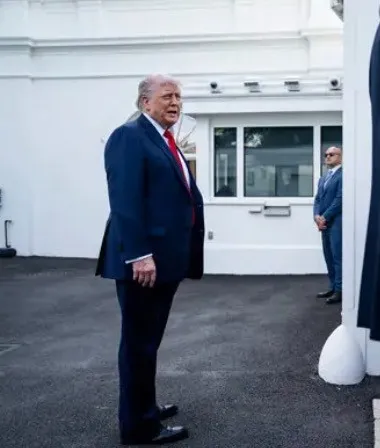
One reason for such high-level security was the presence of high-profile figures at the funeral. These included former U.S. President Donald Trump, who has been the target of past assassination attempts【Donald Trump】, and Prince William of the British royal family【Prince William】. A security map revealed that, during the funeral, planes would patrol the skies, anti-drone systems would cover the city, and snipers would be stationed on rooftops around St. Peter’s Square, providing full protection.
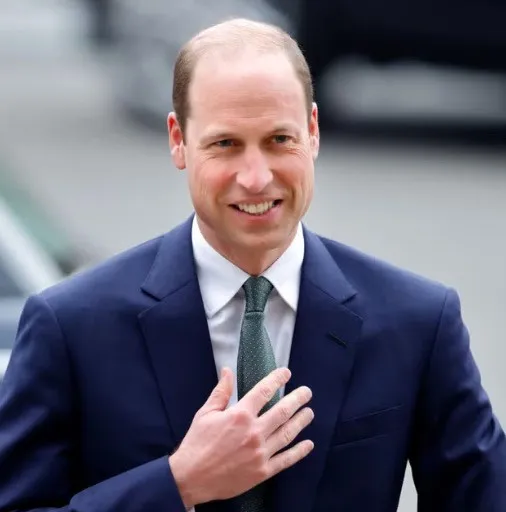
Funeral at St. Peter’s Basilica
Pope Francis’ funeral will take place over three days at St. Peter’s Basilica. His casket will be displayed for mourners to pay their respects. Around St. Peter’s Square, Italy’s special operations forces will deploy anti-drone systems, including rocket launchers that disable drones controlled by terrorists.
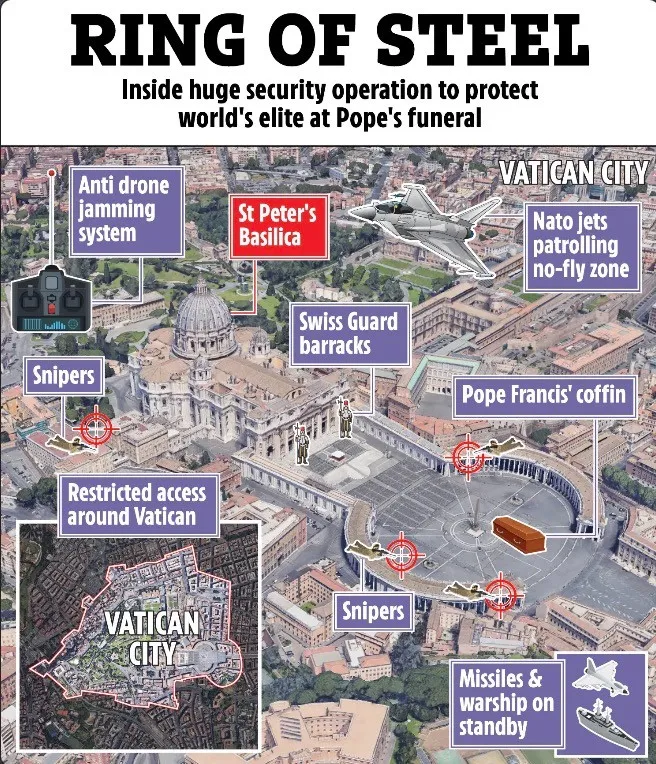
Anti-Drone Systems on Display
In addition to large anti-drone rocket launchers, the Vatican’s special forces will use electromagnetic pulse (EMP) guns that can cause drones to lose control and fall【DroneGun Mk4】. These weapons were first showcased by the special forces and are part of high-tech measures to secure the Vatican during important events.
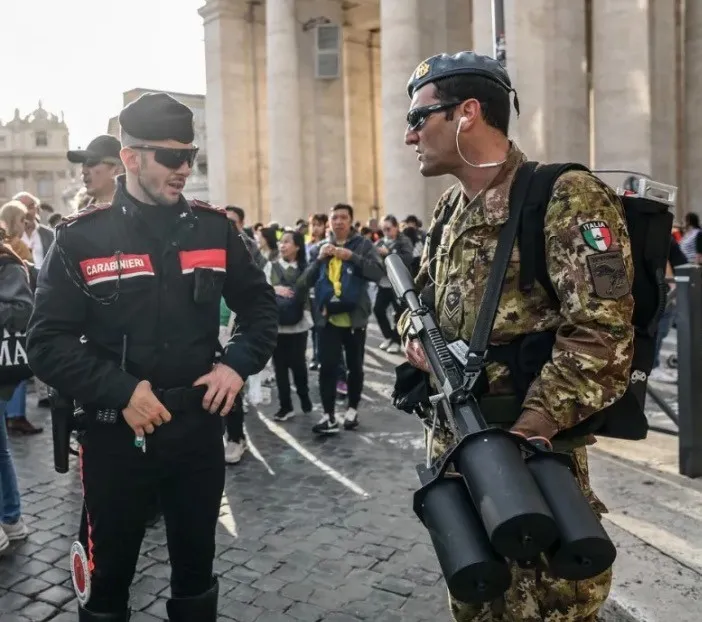
Ground Security: Large-Scale Presence
Around 8,000 security personnel from Rome and 2,000 uniformed Vatican guards will patrol the area. Additionally, 1,400 plainclothes officers will monitor streets near St. Peter’s Square. Snipers will be stationed on rooftops around the square and restricted areas of Vatican City.
The Swiss Guard, a small but historic military unit, will serve as the first line of defense. Founded in 1506, they have a long tradition of protecting the pope【Swiss Guard】.
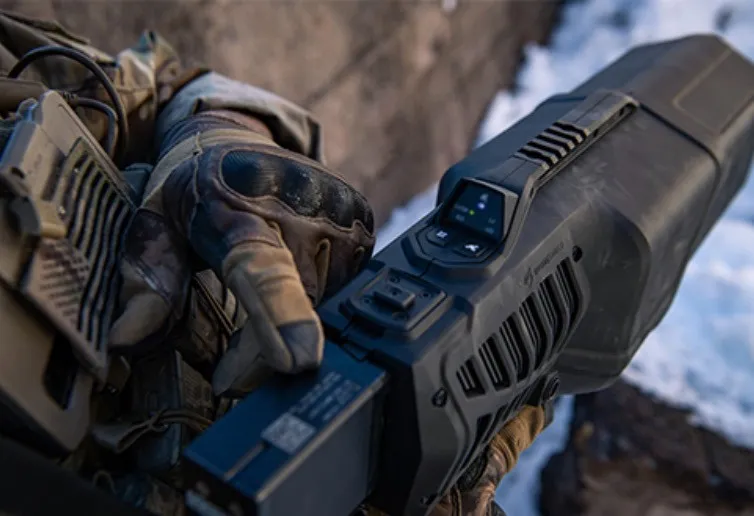
NATO Support and Air Patrols
In addition to ground security, NATO fighter jets will patrol the airspace, and missile-carrying warships will be on standby for emergencies. These thorough security measures aim to ensure the safety of dignitaries and the public during the funeral.
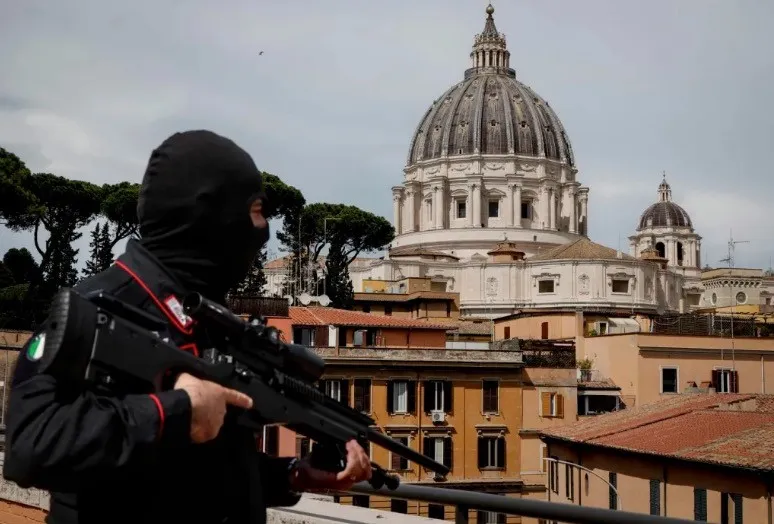
Final Thoughts
The funeral of Pope Francis is scheduled for April 26. With the meticulous security measures provided by the Vatican, Italy, and NATO, the hope is that the event will proceed without incident. The extreme security response underscores how seriously the Vatican has prepared for the safety of mourners and world leaders attending the funeral.







